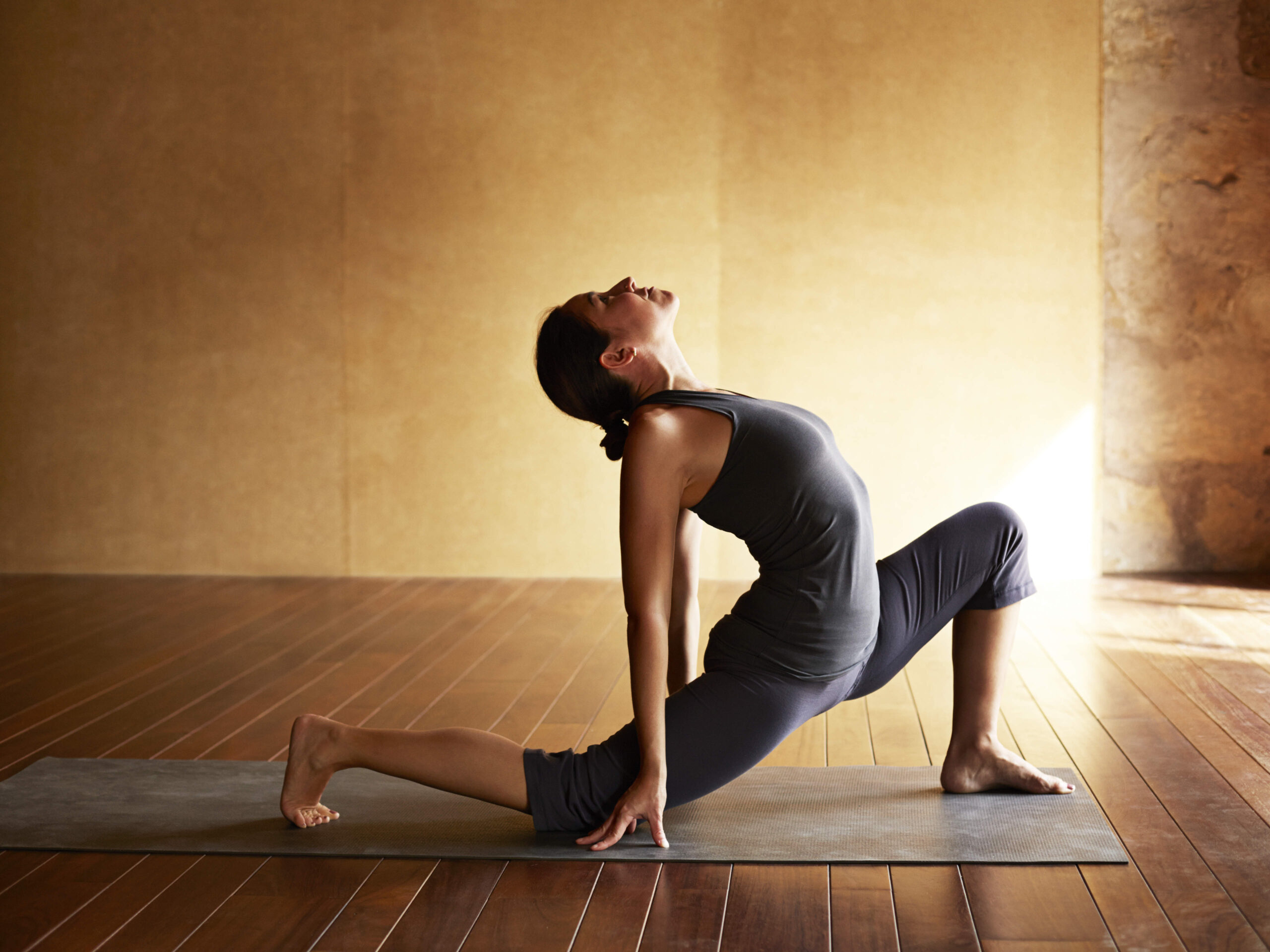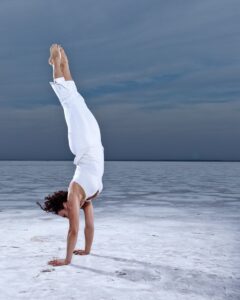
Hatha Yoga: health and development without violence
Hatha-Yoga (hatha-yoga) https://www.julianalucky.com/post/mommy-and-me-yoga-benefits can be called without exaggeration a universal tool for human development – physical and spiritual. It’s a whole philosophy, aimed at finding your place in the world, creating a life without violence on themselves and the world around them, the formation of ability to adapt to changing circumstances, preserving your own individuality.
You cannot consider hatha yoga only as fitness: doing exercises (asanas, pranayamas, mudras, shatkarmas), listening to and chanting mantras, one starts to feel unity with everything that is – the world soul (atman). Even if you are not pursuing such lofty goal, with regular practice you may feel that you are becoming calmer, more peaceful, and more harmonious in your relations with other people and the world.
Of course, to achieve such results, it is important to practice hatha yoga according to the rules. And most importantly – do it without overcoming yourself, gently, as much energy as you have at the moment.
Hatha yoga is not a fitness program.
Between hatha yoga and conventional yoga, the one that is often offered in fitness clubs, there are quite a few differences. Let’s look at a few things that will help you recognize how hatha-yoga differs from yoga.
The warm-up in hatha-yoga usually begins with meditation, followed by breathing exercises (pranayamas). In standard fitness yoga we use articulation exercises or “Sun Salutation” complex as a warm up (we’ll talk about it below).
Exercise time (asanas). In hatha yoga the coordination of movements and breath (inhalations, exhalations, breath-holding) is mandatory, and the time is not limited – everything is individual. In conventional yoga, the pace is more dynamic: each pose or exercise is given 40-70 seconds.
In hatha yoga the coordination of movements and breath (inhalations, exhalations, breath-holding) is mandatory, and the time is not limited – everything is individual. In conventional yoga, the pace is more dynamic: each pose or exercise is given 40-70 seconds.
Set of exercises. Usually during one hatha yoga class one thing is practiced – the spine is stretched, hips are stretched and so on. In standard yoga, there is an approximate balance of static and dynamic tasks.
The purpose of the exercise. Unlike conventional yoga, hatha yoga aims to develop the skill to relax your body and observe it – in any position, even the most uncomfortable. In fitness yoga, exercises are chosen to work specific areas of the body, pump up muscles and burn fat.
Frequency. Hatha yoga is done every day, most of the time in the morning, but you can also do it in the evening. Yoga for fitness is done three to four times a week.
Idea. Practitioners of hatha yoga seek harmony – of their psyche, soul and body, self and world, which promotes dissolution into the universe. Classes of ordinary yoga are usually chosen to lose weight and tighten the figure, to look attractive.
The philosophical aspect. Hatha yoga upholds the philosophy of the ancient Indian Vedas, alien to publicity and competitive spirit. Many practitioners of this trend adhere to a vegetarian diet. Ordinary yoga actively goes public, including – in virtual space. They hold Instagram marathons, yoga championships, and set records.